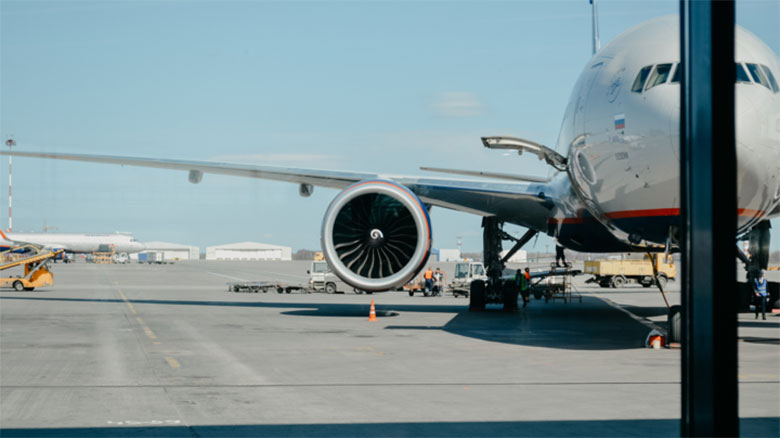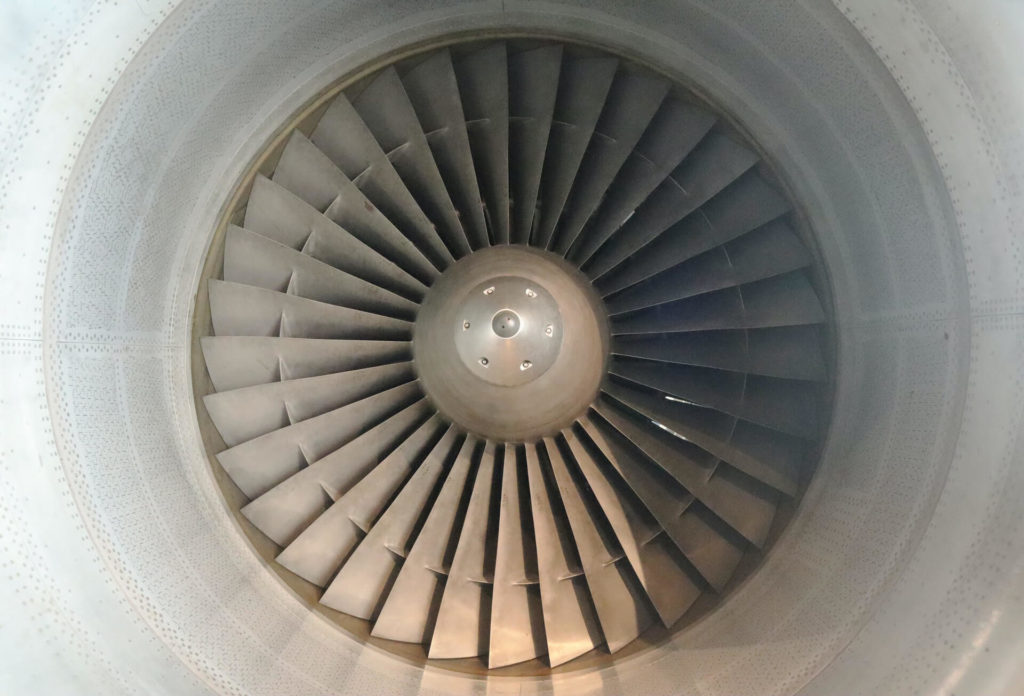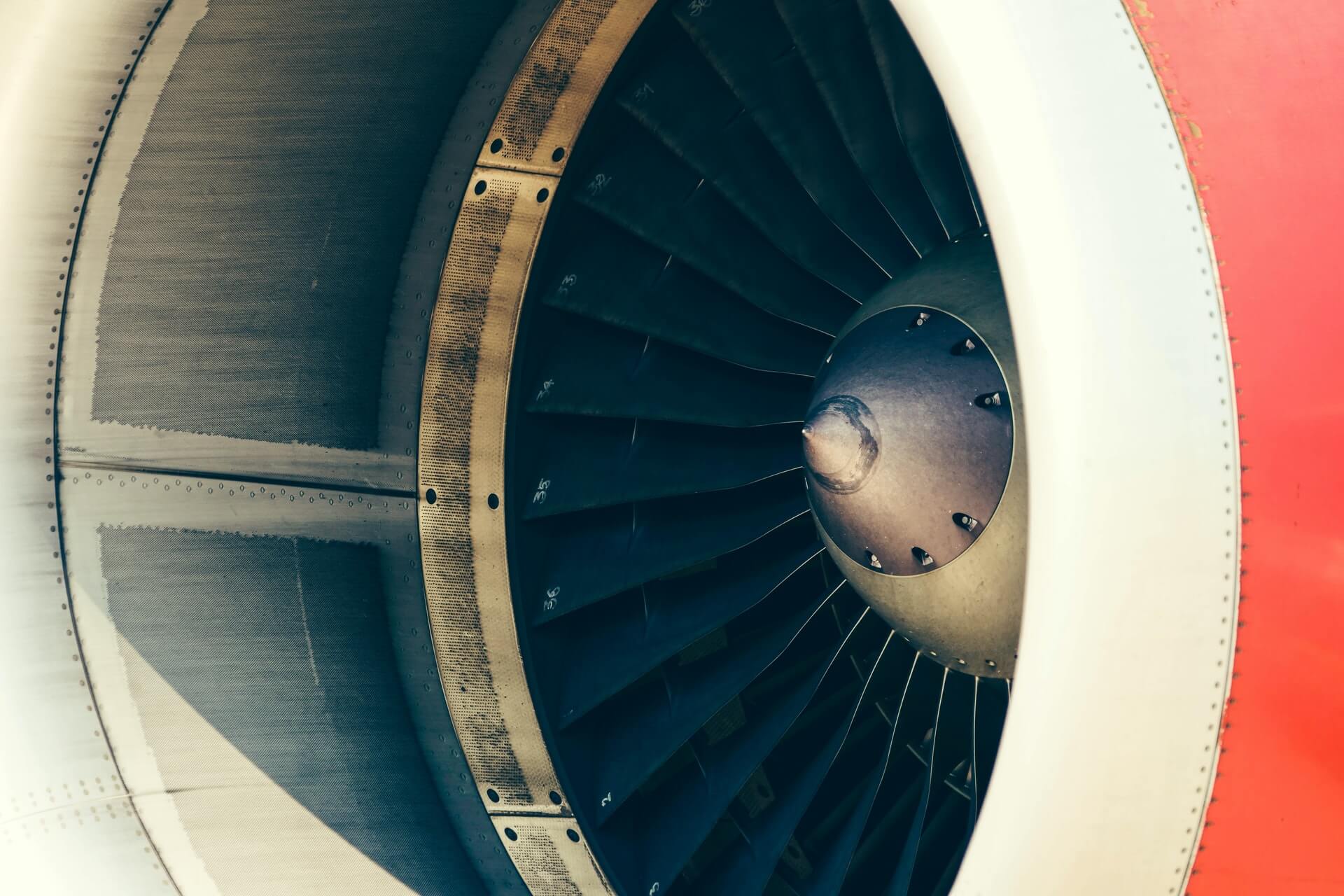[ad_1]
All all over the world, vacationers are selecting extra environmentally-friendly methods to get round. Based on a current Enterprise Insider research, about 40% of vacationers declare that they would like to take fewer however longer journeys if that may assist scale back their environmental impression.
An extra 40% revealed that they’d be completely satisfied to remain in a “much less most popular however greener resort”, and 1 in 3 are inclined to take public transportation. This holds very true for youthful generations, with 93% of Gen Z-ers and 89% of millennials saying they’re prepared to alter their journey habits for the sake of the atmosphere.
The journey business itself can be making strides in direction of creating extra sustainable journey. And whereas there are numerous new applied sciences and traits rising to assist obtain this objective, none are fairly as promising as sustainable gas for air journey. Often known as “sustainable aviation gas” or “SAF”, this represents one of many largest leaps ahead for the aviation business. Let’s dig into what it’s and why it might make such a major distinction.

A bit little bit of background
Everyone knows that local weather change is a matter – particularly anthropogenic local weather change. The Idea of Anthropogenic Local weather Change posits that people are inflicting probably the most important adjustments to our local weather by burning fossil fuels like coal, oil, and pure fuel. The implications of this have been mentioned in nice element. If we attain 1.5 levels of warming above pre-industrial ranges, our world shall be shaken by excessive occasions that can endanger life on Earth.
Journey as a complete is answerable for about 8% of worldwide greenhouse fuel emissions, with transport accounting for practically 50% of that. Because it stands, the aviation sector depends on standard jet fuels which can be predominantly petroleum-based. Aviation gas is, by its very nature, carbon-intensive as a result of it’s based mostly on hydrocarbons. That’s why airways all over the world are making commitments to go carbon impartial and attain their net-zero targets by 2050.
IATA, for instance, dedicated to flying net-zero by 2050 and outlined quite a lot of steps it deliberate to take to attain this objective. British Airways, American Airways, Delta, Jet Blue, Lufthansa, and plenty of different industrial aviation corporations have taken to creating their very own commitments as nicely.
If the air journey business desires to succeed in these targets, it must transition away from using these conventional jet fuels. However how can they try this? There are actually simply 3 choices for now:
- Utilizing hydrogen. The issue with that is that the expertise for that doesn’t presently exist – it doesn’t work with standard jet engines. That may imply big prices by way of time and R&D to rethink the way in which jet engines work to turn out to be extra suitable with hydrogen.
- Going electrical. This methodology faces related issues as hydrogen – we merely aren’t there but by way of expertise improvement to have the ability to assist electrical planes. That’s to not say it received’t turn out to be out there sooner or later, although.
- SAF. The beauty of that is that as a result of these engines require minimal improvement, it’s already getting used to energy planes in the present day. The analysis, expertise, and improvement is right here now for us to make use of – which means that we are able to attain 100% SAF-powered planes quickly. That may result in a swift emissions discount of 80% when in comparison with conventional jet fuels.

So, what precisely is SAF?
Sustainable aviation gas is a jet gas that makes use of organic feedstock to make the oil. Why is {that a} good factor? In case you keep in mind to what we realized in biology class again at college, you’ll know that oil comes from tens of millions and tens of millions of years of natural matter progressing by means of warmth and strain. That’s clearly not a super or sustainable long-term resolution.
However SAF is completely different. Sustainable feedstocks are any organic materials that can be utilized straight as gas, and within the case of SAF that may be something from cooking oil, plant oils, municipal stable waste, waste gases, and agricultural residues. What’s nice about that’s that you would be able to develop the vegetation wanted for the manufacturing of SAF, which in flip take carbon dioxide out of the ambiance once they develop. This then creates an natural “carbon lifecycle” to generate gas, which burns, which then is eaten by vegetation!
How far alongside the street are we?
Airways from all over the world have dedicated to the whole use of SAF to gas 100% of flights by 2050. Nevertheless within the shorter time period, realistically they’ll be capable of attain 20% SAF utilization by 2030. That’s as a result of it’s truly fairly sophisticated to supply and on the minute the first situation is that it prices greater than fossil jet gas.
We’re presently in a scenario the place the availability of SAF must be upscaled massively for this to be a viable resolution. In 2019, for instance, world gas consumption reached an all-time excessive at 95 billion gallons. In the meantime, annual SAF manufacturing was at roughly 60 million gallons in 2020, which is prone to climb to 72 million gallons as new SAF producers enter the market. Whereas it’s a terrific factor that that is on the rise, it’s nonetheless not sufficient to fulfill world demand and transition us to totally SAF-based journey.
Nevertheless, that stage of demand goes to drive innovation and in the end make the value go down – we’re seeing a form of cyclic idea the place we want SAF however to ensure that it to be cost-effective, it wants each funding and demand.
There are two potential methods for SAF to actually get off the bottom and turn out to be the dominant renewable gas in air transport:
- With a top-down method – the place the federal government mandates a specific amount of SAF utilization for airways inside a hard and fast period of time to scale back CO2e emissions
- With a bottom-up method – the place customers and different stakeholders study concerning the environmental and industrial advantages of SAF demand that it’s used for industrial flights (and later, cargo and transport). This method is already gaining some traction, with institutes like Imperial School London’s Brahmal Vasudevan Institute for Sustainable Aviation receiving a £25 million philanthropic donation to proceed creating clear, protected, and sustainable air journey.
And it’s not unprecedented for the prices of one thing that’s higher for the atmosphere to drop on account of curiosity and demand. Renewable power was once extraordinarily costly and now solar energy prices have fallen by 16%, with wind dropping between 9% to 13%. Even large-scale solar energy has fallen by round 85%. It simply goes to point out that when people put their minds to innovation, something is feasible!

A window into the longer term
In fact, there’s no solution to know precisely how and once we’ll be capable of roll out using different fuels or biofuels. What we do know is that it is a mandatory step in direction of attaining true sustainability within the journey sector.
I used to be not too long ago at a summit the place I met the CEO of Wright Electrical – an organization backed by the US authorities that’s making an attempt to develop electrical engines for planes. He appeared to consider that they’d have electrical planes within the subsequent few years. That may be an absolute game-changer in decreasing the journey sector’s carbon footprint and reaching our net-zero emissions targets.
My two cents on the subject are merely that I consider SAF, and to a sure extent, electrical planes aren’t simply the longer term – they’re the close to future. SAF is a low-carbon gas, decreasing carbon emissions by 80% compared to the air fuels we presently use. I feel it is a first step in direction of attaining sustainable journey as a result of it doesn’t require any additional analysis and improvement. The expertise and manufacturing services are already there for SAF for use in industrial flights – and as I discussed above, many airways are already utilizing it to a sure extent. With a little bit little bit of time and the growing demand from customers, this may turn out to be the norm.
That being mentioned, for my part the following step previous SAF shall be using electrical planes extra so than hydrogen-powered planes. Transportation as a complete is seeing a shift in direction of electrical energy, with automobiles going from petrol to electrical and trains following an identical path. It stands to cause that air journey will look in that route as nicely.
I don’t assume that we’re prepared for hydrogen on this space simply but. Between the problem in producing the useful resource within the first place and the unfavorable connotations related to the Hindenburg airship, I feel that we’ve fairly an extended solution to go earlier than this turns into a viable choice.

What can vacationers and journey managers do to scale back their carbon footprint within the meantime?
There are a selection of issues you are able to do to make enterprise or leisure journey extra sustainable till SAF turns into extra available. As an illustration, you possibly can:
What about carbon offsetting?
Sure, vacationers and journey managers (or actually, anybody reserving or organizing journey of any form) can think about carbon offsetting as a step in the correct route. It isn’t the proper resolution, nevertheless it’s the most effective we’ve acquired till SAF and different sustainable journey applied sciences turn out to be extra available.
It’s true that not all environmentalists are utterly satisfied by carbon offsetting for quite a lot of causes – from inaccuracies to manipulation to moreover. Nevertheless, in principle, carbon offsetting works as a result of it permits anybody to be a part of the worldwide quest to sort out greenhouse fuel emissions. The thought is that any firm or particular person can contribute to offsetting schemes and assist scale back carbon emissions no matter their location or circumstances. That is one thing that’s been endorsed by IATA with its Carbon Offsetting and Discount Scheme for Worldwide Aviation (CORSIA) scheme, and is one thing that we at TravelPerk additionally provide our prospects.
With GreenPerk, TravelPerk prospects can offset 100% of their enterprise travel-related carbon footprint. At simply ~0.9% of the overall price of any journey, we put money into VERRA-certified carbon offsetting initiatives on behalf of our prospects that target forestry, biogas seize, and renewable power to call just a few. We’ve additionally developed GreenPerk API, an open API for corporations to grasp the place and the way they’re emitting carbon when touring for enterprise. They will then use this information to assist them attain their net-zero targets.
[ad_2]
Source_link

